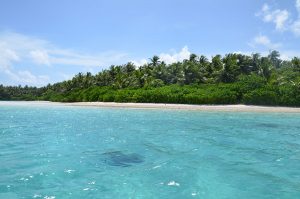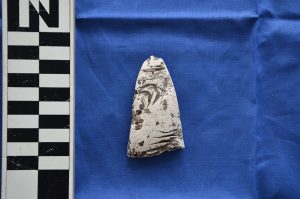New study analysed voyager strategies and combined them with environmental conditions in order to find out how ancient seafarers travelled across distant sea routes.

Archaeologists from Ohio State University tracked multiple origin points of colonisation of remote Oceania islands, across millions of square kilometres. The question they asked was concerned the places from where these early colonists originated from and the strategies and trajectories used to reach the isolated islands of Pacific Ocean. Alvaro Montenegro and his team of researchers simulated ancient routes across the Pacific in the region of Micronesia, Tonga and Samoa with data showing winds, ocean currents, land distribution, El Niño Southern Oscillation variable and precipitation.

Analysis of the models revealed that seasonal and semi-annual climatic changes played a huge role in ancient Pacific voyaging. The team found western Micronesia was likely colonised by people from around the Maluku (Molucca) Islands. Samoa seems to have been the starting area for the colonisation of East Polynesia, while people from Mangareva or the Marquesas Islands appear to have settled on Hawaii, New Zealand and Easter Island. Meanwhile people from the Mariana Islands originated from the Solomon Islands and New Guinea. Archaeological data however support part of these findings, and in some cases also refute them. As archaeological, linguistic, and genetic data have provided substantial evidence for when ancient peoples first arrived to many of these destinations, the new data targets new areas for future research focus.
(after International Business Times)